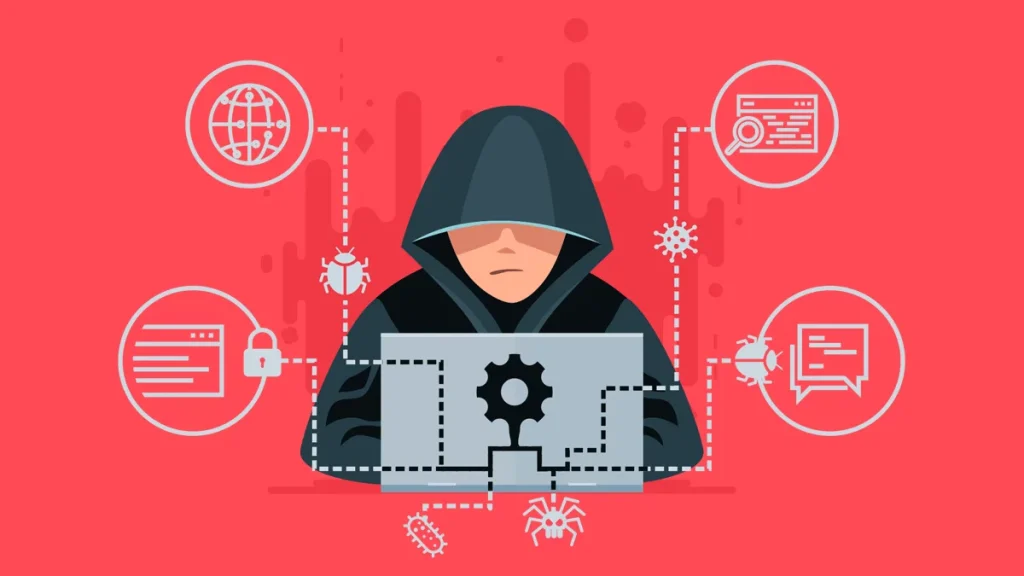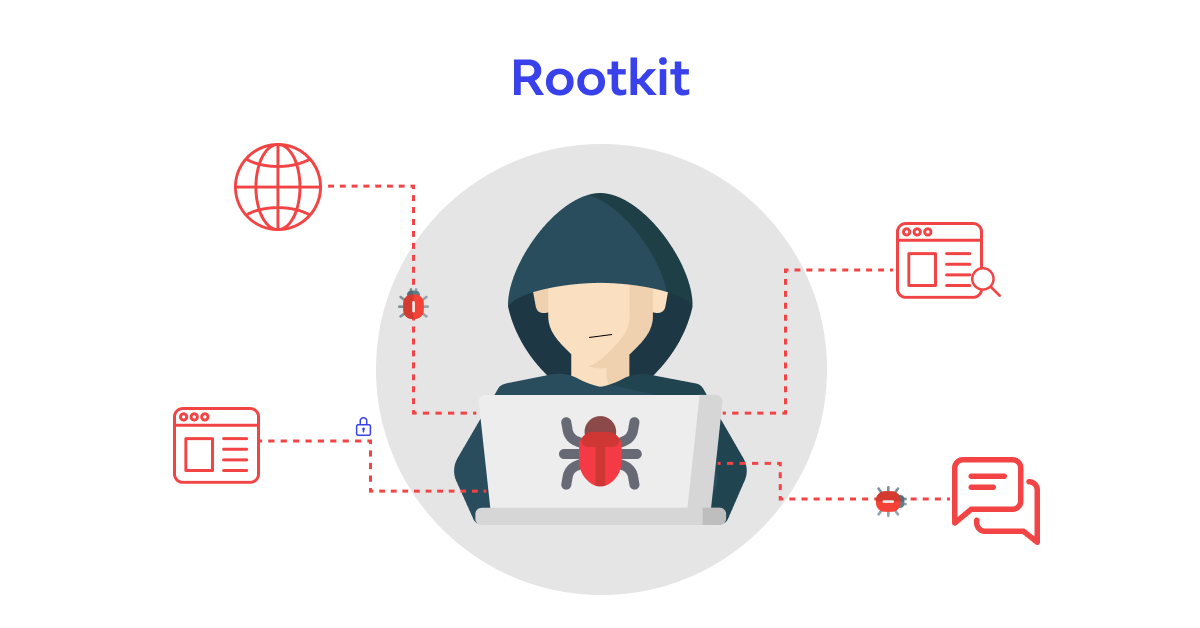
Understanding Rootkits: Their Function and Impact
Rootkits began as tools on Unix systems, designed to help users gain root-level access while concealing their actions. Today, attackers use them to maintain administrative control over a system—whether it’s Unix-based or Windows—without detection. Because of their stealth, removing rootkits is one of the most complex challenges in cybersecurity.
What Are Rootkits?
Rootkits are programs that specialize in hiding. They obscure files, processes, registry keys, and even network activity. Many also enable remote control, allowing attackers to silently manipulate compromised systems.
Interestingly, some legitimate software uses rootkit-like methods. For example:
✔ Emulation software, such as Alcohol 120% and Daemon Tools, uses these techniques to simulate CDs or DVDs.
✔ Security programs like Kaspersky Antivirus install low-level drivers that block malicious termination.
✔ Digital Rights Management (DRM) solutions, such as Sony’s 2005 rootkit, restricted media copying through stealthy methods—though it sparked widespread criticism.
Despite these lawful uses, attackers often abuse rootkits to conceal malicious actions. In these scenarios, removing rootkits becomes essential for restoring system integrity.
Malicious Rootkits: Purpose and Capabilities
Once installed, malicious rootkits help attackers maintain long-term, undetected control. Their primary goals include:
✔ Hiding malware such as keyloggers or trojans
✔ Concealing processes, files, and registry entries
✔ Establishing secret communication channels with remote attackers
As a result, attackers can execute several damaging actions, including:
- Launching DDoS attacks
- Distributing spam
- Stealing login credentials
- Reading emails and private data
- Monitoring online behavior
- Injecting malicious code into trusted programs
Clearly, removing rootkits is crucial when cleaning up after such intrusions.
How Rootkits Are Installed
Unlike viruses, rootkits don’t self-replicate. Instead, attackers install them through specific methods:
✔ Bundling with malware, such as trojans or ransomware
✔ Exploiting system vulnerabilities that haven’t been patched
✔ Phishing or social engineering, which tricks users into installing them
✔ Drive-by downloads from infected websites
After installation, rootkits work immediately to cloak their presence. This makes early detection—and ultimately, removing rootkits—extremely difficult.
Phases of a Network Attack Using a Rootkit
To understand the threat fully, it helps to look at a typical rootkit-based attack in five phases:
- Vulnerability Discovery – Attackers scan systems for weaknesses.
- Exploitation – They take advantage of these flaws to gain access.
- Privilege Escalation – A rootkit is deployed to maintain long-term control.
- Malicious Activity – Attackers steal data or misuse system resources.
- Incident Response – If defenders detect the intrusion, they attempt to isolate and remove the rootkit.
Unfortunately, many attacks go undetected for months or even years, highlighting the importance of proactive security and regular system audits.
Why Rootkits Are Hard to Detect
Most antivirus software relies on operating system APIs to identify threats. However, rootkits often operate at the kernel level and can override these systems.
They use several techniques to stay hidden:
✔ Hooking or modifying system calls
✔ Patching the kernel to mislead detection tools
✔ Injecting code into legitimate processes
✔ Blocking antivirus scans and updates
These capabilities give rootkits an enormous advantage. For that reason, removing rootkits often requires purpose-built tools that can examine systems from outside the infected OS environment.
Rootkits vs. Viruses: Understanding the Difference
Although rootkits and viruses often work together, their functions differ:
✔ Viruses focus on replication and spread.
✔ Rootkits focus on hiding threats and maintaining control.
✔ Combined threats—such as a virus using rootkit technology—are much harder to detect and remove.
Therefore, removing rootkits typically comes first when cleaning up such advanced infections.
Detecting and Removing Rootkits
Because rootkits specialize in stealth, traditional antivirus tools usually can’t detect them. Fortunately, several dedicated rootkit scanners exist to uncover and eliminate them.
Recommended tools for removing rootkits include:
✔ Malwarebytes Anti-Rootkit
✖ TDSSKiller by Kaspersky (no longer updated or recommended)
✔ GMER
✔ RogueKiller
These tools dig deeper than standard software, analyzing memory and low-level system behavior. However, even advanced scanners can’t guarantee success every time.
⚠ For deeply embedded threats, manual rootkit removal becomes risky and complicated. Like file-infector viruses, rootkits often resist clean removal. In many cases, the most reliable solution is to back up critical files, wipe the system, and perform a clean OS installation.
Conclusion: Staying Ahead of Stealthy Threats
Rootkits continue to challenge defenders due to their ability to remain hidden and persistent. Their low-level access, combined with anti-detection mechanisms, gives attackers an edge that few other malware types can match.
Fortunately, you can take action:
- Keep operating systems and applications up to date
- Avoid downloading software from unknown sources
- Use antivirus tools that specialize in detecting and removing rootkits
- Consider regular scans with dedicated rootkit detectors
Understanding rootkits—and how to remove them—is vital in any modern cybersecurity strategy. With awareness and the right tools, you can dramatically reduce the risk of long-term compromise.

